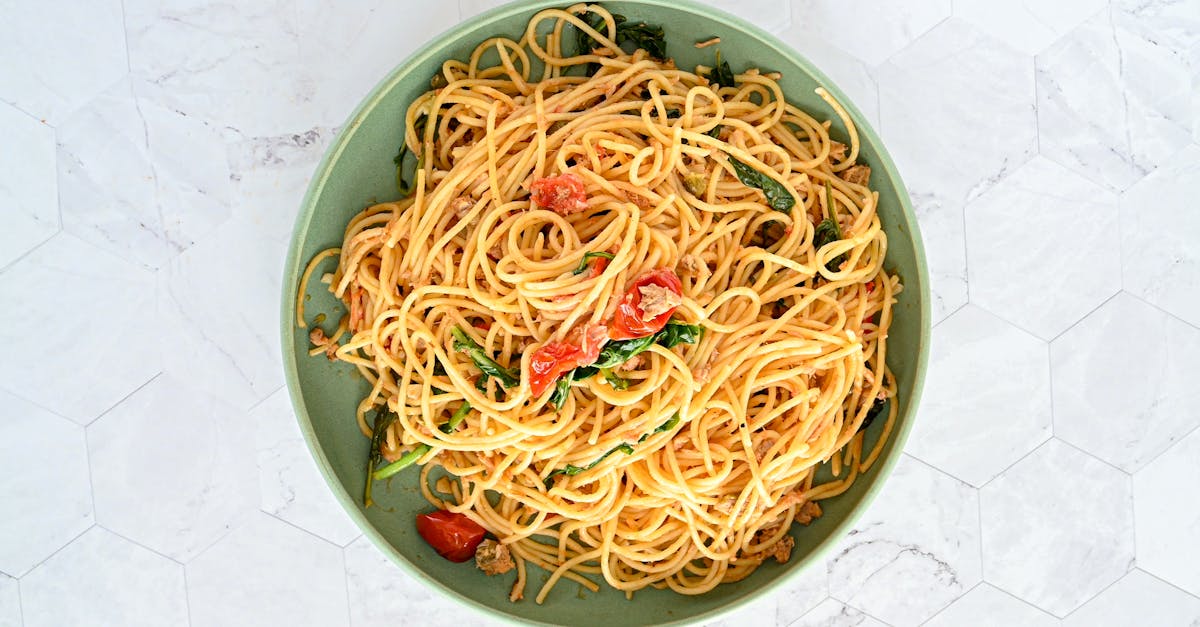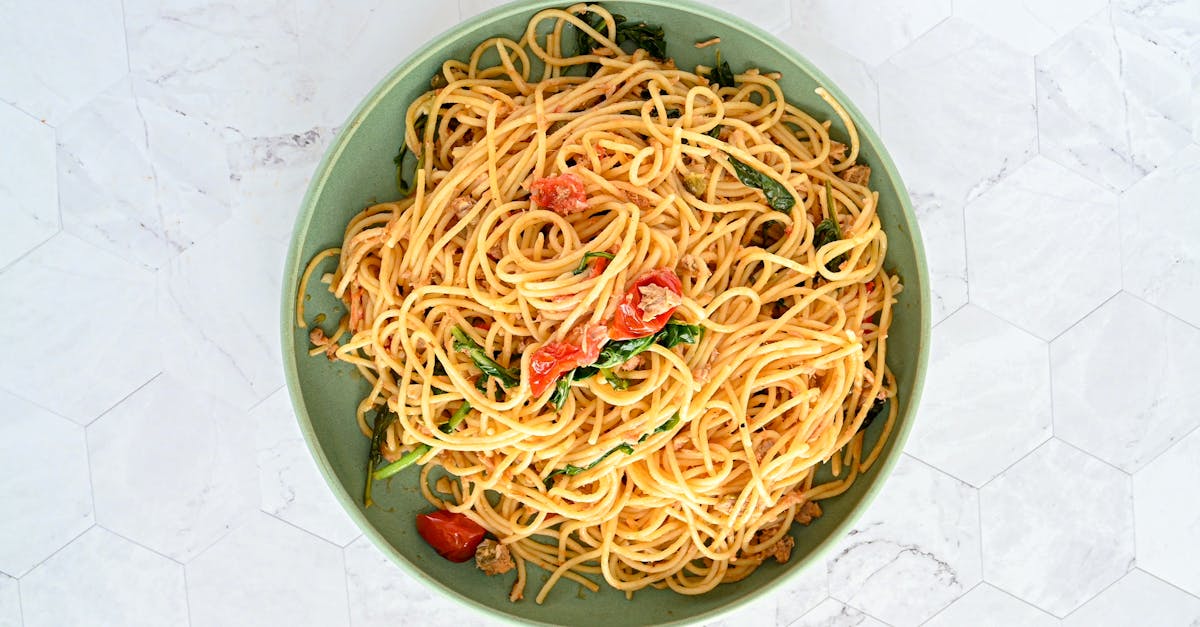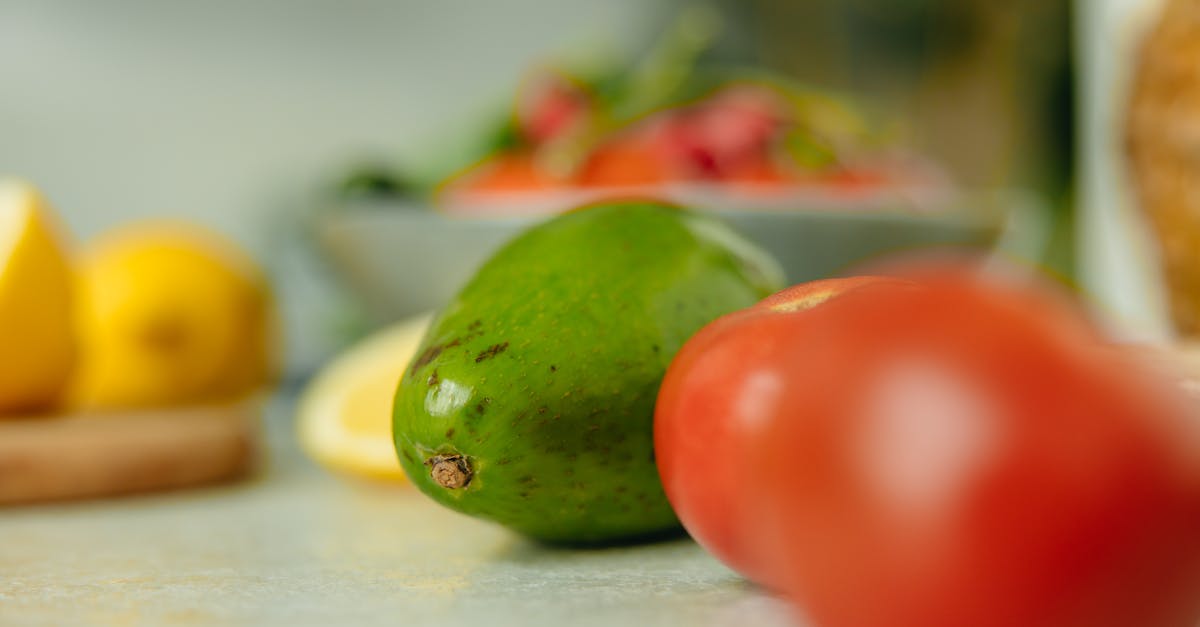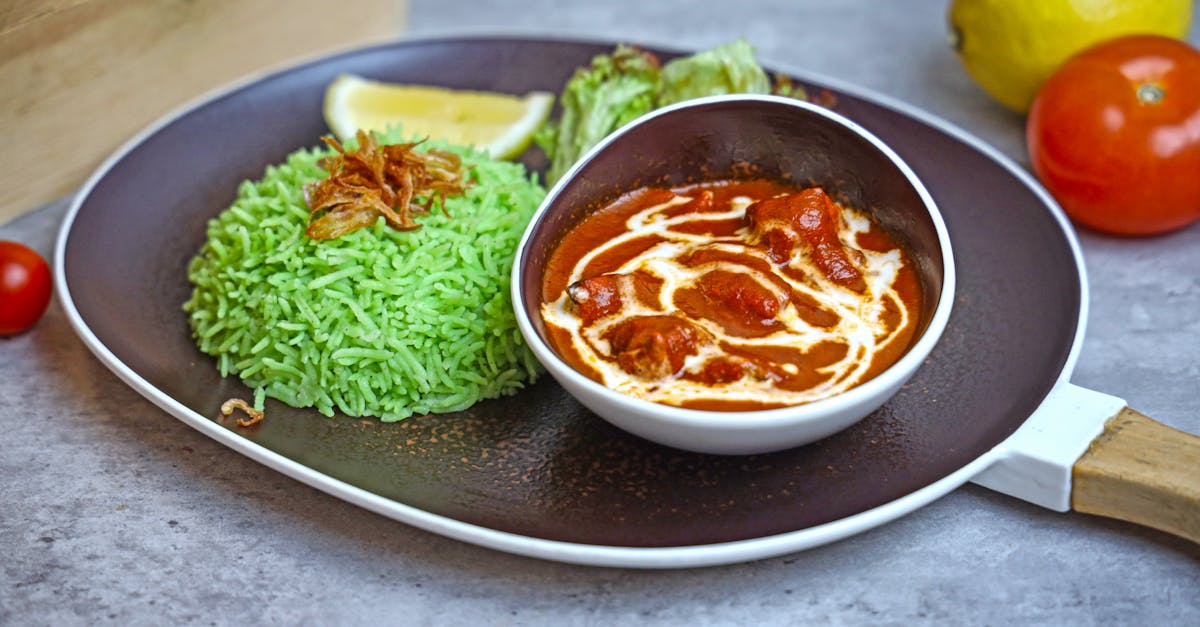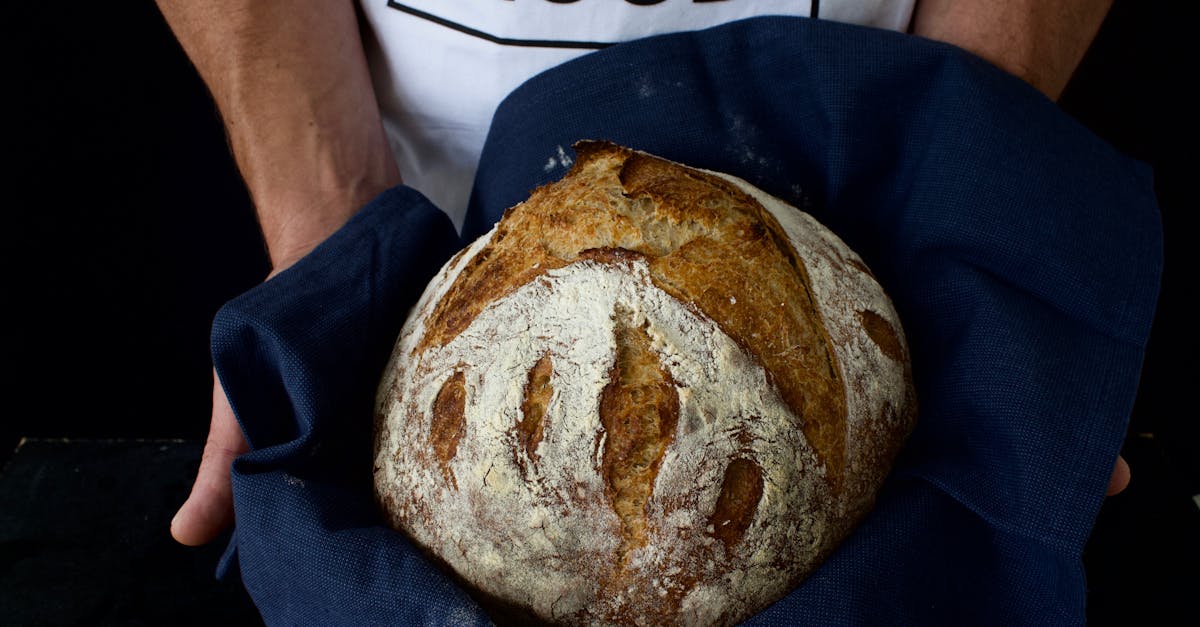Exploring Different Types Of Pasta
Introduction
Pasta, a staple in Italian cuisine, has found its way into kitchens worldwide, evolving in shape, size, and texture. With countless types to explore, pasta provides endless culinary possibilities. This article delves into the diversity of pasta, unveiling its unique characteristics.
Advertisement
Spaghetti
One of the most recognized pasta types is spaghetti, known for its long, thin, cylindrical shape. Traditionally served with tomato sauce, it pairs well with a variety of ingredients. Spaghetti can be boiled to al dente, where it's firm to the bite, making it ideal for soaking up sauces. It's a versatile pasta that can accommodate light to hearty sauces.
Advertisement
Penne
Penne is a popular tube-shaped pasta with angled ends resembling quills. Its ridged surface allows sauces to cling effectively, making it perfect for dishes like Penne alla Vodka. Penne's sturdy structure means it can be baked in casseroles or used in pasta salads, adding texture and flavor to each dish.
Advertisement
Fusilli
Fusilli is easily identifiable by its corkscrew shape. This spiral pasta is ideal for capturing thicker sauces in its grooves. Whether in a simple pesto or a rich tomato-based sauce, fusilli holds flavors exceptionally well. Its playful shape makes it a favorite for cold pasta salads, adding a visual and textural element.
Advertisement
Fettuccine
Known for its flat, ribbon-like appearance, fettuccine is perfect for creamy sauces like Alfredo. The pasta's width allows it to hold rich, thick sauces, ensuring each bite is flavorful. Originating from Roman and Tuscan cuisine, fettuccine is often served with hearty ingredients such as grilled chicken or seafood.
Advertisement
Linguine
Linguine, meaning "little tongues" in Italian, is similar to fettuccine but narrower. It's a delicate pasta often paired with lighter, seafood-based sauces or olive oil and garlic. The subtle texture of linguine complements gentle sauces, making it a favored choice for dishes like Linguine alle Vongole (clams).
Advertisement
Ravioli
Ravioli stands out as a filled pasta, usually square-shaped with scalloped edges. Often stuffed with cheese, meat, or vegetables, ravioli adds a new dimension to pasta dishes. When paired with a light broth or simple sauce, the filling's flavors shine through, making each bite satisfying and rich.
Advertisement
Orzo
Orzo, resembling rice in shape, is a small pasta perfect for soups or salads. Its compact size allows it to cook quickly, absorbing flavors efficiently. Orzo can be used in pilaf-style dishes or in broth to create a creamy texture, often substituting rice or other grains in various recipes.
Advertisement
Pasta Variations
Beyond traditional wheat pasta, there's a growing variety like whole wheat, gluten-free, and vegetable-based options. These variations cater to dietary preferences and add nutrition without compromising flavor. Exploring these alternatives can lead to new and exciting culinary experiences.
Advertisement
Conclusion
From spaghetti to orzo, the world of pasta offers something for every palate and occasion. Understanding the unique qualities of each type allows for creativity in the kitchen. Whether simmering in a rich sauce or tossed in a light dressing, pasta remains a beloved and adaptable dish worldwide.
Advertisement
